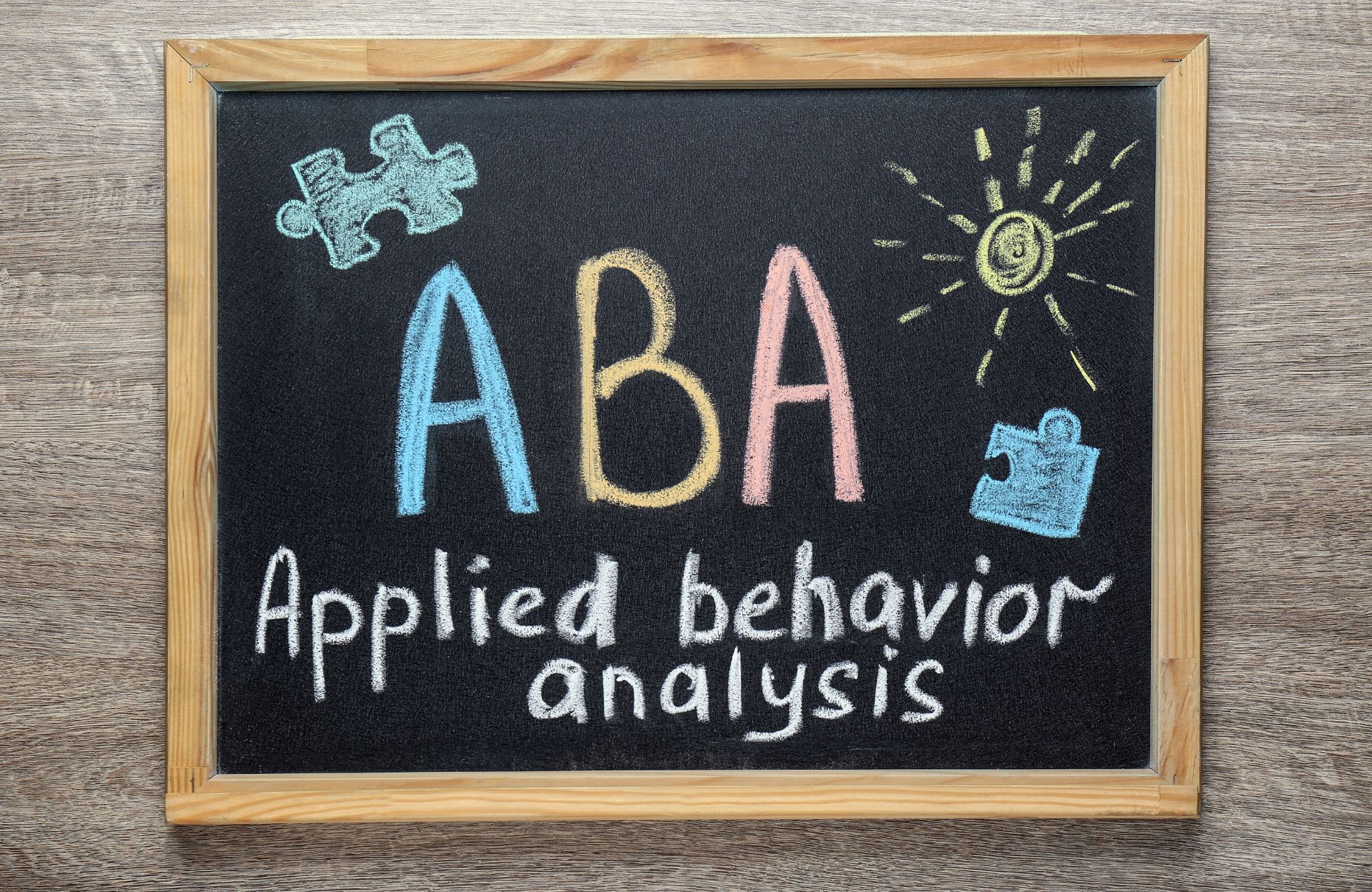Who Qualifies for ABA Therapy? Exclusive Guide for Parents
Applied Behavior Analysis (ABA) therapy has transformed countless lives through its evidence-based approach to behavioral improvement. While many associate ABA therapy exclusively with autism treatment, its applications extend beyond this single diagnosis. Understanding who qualifies for ABA therapy is essential for accessing this life-changing treatment that can benefit individuals with various behavioral and developmental challenges.
Understanding ABA Therapy Basics
Applied Behavior Analysis therapy focuses on understanding how behavior works, how it’s affected by the environment, and how learning occurs. ABA therapy applies these principles to real situations, intending to increase helpful behaviors and decrease harmful ones.
The therapy works by breaking down complex skills into smaller, manageable components taught systematically. Through positive reinforcement and consistent practice, individuals learn new behaviors and skills that improve their quality of life. What sets ABA therapy apart is its data-driven approach, with therapists continuously collecting information about progress to adjust strategies as needed.
Primary Conditions That Qualify for ABA Therapy
Autism Spectrum Disorder (ASD)
Autism Spectrum Disorder remains the most common diagnosis for which ABA therapy is prescribed. ABA is considered the gold standard treatment for ASD, with decades of research supporting its effectiveness. For individuals with autism, ABA therapy helps develop crucial communication skills, improve social interactions, and reduce challenging behaviors.
Early intervention with ABA therapy can be particularly beneficial for children with autism. Research consistently shows that starting therapy between the ages of 2 and 6 often leads to the most significant improvements, though individuals of any age can benefit.
Beyond Autism: Other Qualifying Conditions
While autism is the most well-known condition treated with ABA therapy, many other diagnoses can qualify for these services:
Attention Deficit Hyperactivity Disorder (ADHD): ABA therapy helps improve focus, reduce impulsivity, and develop organizational skills.
Anxiety Disorders and OCD: For those with anxiety or obsessive-compulsive disorder, ABA can teach coping strategies in a controlled, supportive environment.
Developmental Delays: Children with general developmental delays benefit from ABA’s systematic approach to teaching new skills.
Traumatic Brain Injuries: ABA therapy can help individuals relearn skills lost due to brain injury and develop compensatory strategies.
Behavioral Challenges Without Specific Diagnosis: Some individuals experience significant behavioral challenges without meeting criteria for a specific diagnosis. ABA therapy can address these behaviors directly.
Age Considerations for ABA Therapy
ABA therapy can benefit individuals across the lifespan, though approaches vary based on age and developmental needs:
Early Childhood (2-6 years): Often considered the optimal window for beginning therapy, especially for autism. Young children typically demonstrate the most rapid skill acquisition.
School-Age Children (7-12 years): Therapy emphasizes academic readiness, classroom behavior, and peer interactions.
Adolescents (13-17 years): Focus shifts to independence skills, emotional regulation, and preparation for adult life.
Adults: Adult therapy often addresses vocational skills, independent living, and community integration.
Required Medical Diagnoses
In New Mexico, accessing ABA therapy typically begins with obtaining a formal diagnosis from a qualified healthcare professional:
Developmental Pediatricians: Specialists with extensive training in child development who can diagnose conditions like autism and other developmental disorders.
Child Psychiatrists or Psychologists: Mental health professionals who can provide comprehensive evaluations and diagnoses.
Neurologists: For conditions involving the brain and nervous system, such as traumatic brain injuries.
The diagnostic process includes standardized assessments, observations, and interviews. Documentation needed for ABA therapy approval generally includes a written diagnosis report, specific treatment recommendations, and sometimes additional assessments.
The Assessment Process
After obtaining a qualifying diagnosis, the next step is a comprehensive assessment by an ABA therapy team, beginning with an initial consultation to discuss concerns, goals, and expectations.
Following this, a Board Certified Behavior Analyst (BCBA) conducts a Functional Behavior Assessment (FBA) to identify not just what behaviors are occurring, but why they’re happening. This understanding enables therapists to develop targeted interventions addressing root causes rather than just symptoms.
Based on assessment results, the BCBA develops an individualized treatment plan with specific goals and strategies. Family involvement throughout this process is essential, as parents and caregivers are important partners in therapy.
Insurance Coverage in New Mexico
Most insurance plans in New Mexico are required to cover ABA therapy for autism spectrum disorder due to state mandate laws. The New Mexico Autism Insurance Mandate requires health insurance plans to cover the diagnosis and treatment of autism spectrum disorder, including ABA therapy.
New Mexico Medicaid (Centennial Care) covers ABA therapy for eligible children diagnosed with autism when deemed medically necessary. While private insurance plans must cover ABA therapy for autism, coverage for other conditions varies by insurer.
For families without adequate insurance coverage, alternative funding options may include:
- New Mexico Developmental Disabilities Waiver program
- Family Infant Toddler (FIT) Program for children under three
- Mi Via Self-Directed Waiver
- Sliding scale fee arrangements
Starting ABA Therapy
Beginning ABA therapy involves several key steps:
- Insurance Verification: Checking what coverage is available for ABA services
- Initial Assessment: A comprehensive evaluation by a BCBA
- Treatment Plan Development: Creating individualized goals and strategies
- Insurance Authorization: Securing approval from the insurance provider
- Therapist Matching: Selecting therapists with appropriate skills
- Parent/Caregiver Training: Education on supporting progress at home
Can you get ABA without autism?
Yes, individuals without autism can receive ABA therapy for various conditions, though insurance coverage may differ. ABA techniques can effectively address behaviors associated with ADHD, anxiety disorders, traumatic brain injuries, and general developmental delays. Coverage for non-autism conditions often requires demonstrating medical necessity and may need additional documentation from healthcare providers.
Conclusion: Who Qualifies for ABA Therapy
Determining who qualifies for ABA therapy in New Mexico involves understanding both clinical eligibility factors and insurance requirements. While autism spectrum disorder remains the most common qualifying diagnosis, individuals with various developmental and behavioral challenges can benefit from ABA’s evidence-based approach. This includes those with cognitive disorders, post-traumatic stress disorder, and even borderline personality disorder. Qualified ABA therapists work to encourage positive behavior and develop crucial social skills through personalized treatment planning, comprehensive assessment, and consistent implementation of evidence-based strategies.
At Affinity ABC, we provide personalized, evidence-based care to help children with autism thrive. Whether it is in home therapy, social skills development, or school support, our dedicated team is here to support your family every step of the way. Take the first step toward unlocking your child’s potential. Contact us today at (505) 584 2634 or admin@affinityabc.com to learn more about our services and how we can help.
FAQs
What diagnosis do you need for ABA therapy?
While autism spectrum disorder is the most common qualifying diagnosis for ABA therapy, other conditions may also qualify. These include ADHD, anxiety disorders, developmental delays, traumatic brain injuries, and certain behavioral disorders. Insurance coverage varies by diagnosis, with autism having the most straightforward coverage due to state mandates in New Mexico.
How do I know if my child needs ABA therapy?
Signs that your child might benefit from ABA therapy include persistent challenging behaviors, difficulty with social interactions, communication challenges, or falling behind developmental milestones. If your child struggles to learn skills through typical instruction methods or shows significant behavioral differences from peers, an evaluation by a qualified professional is recommended. Early intervention typically leads to better outcomes.
Who is a good candidate for ABA?
Good candidates for ABA therapy include individuals who exhibit behavioral challenges that interfere with learning or daily functioning. Children and adults who need support developing communication, social, or self-help skills often benefit, regardless of specific diagnosis. Those who have specific, measurable behavioral goals and families willing to participate in the therapy process typically see the most significant improvements.









